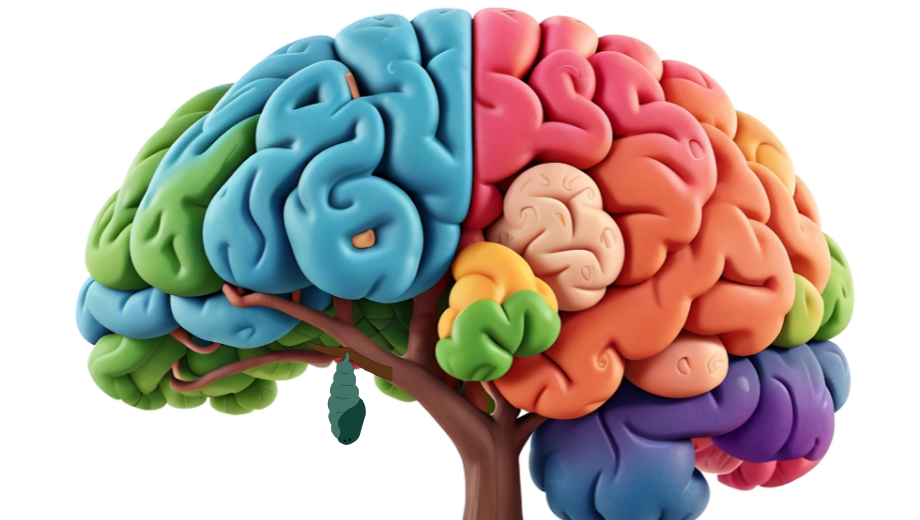The blood–brain barrier (BBB) is a complex structure composed of endothelial cells, astrocytes, and pericytes that tightly regulates the passage of molecules from the bloodstream to the brain tissue, thereby protecting the central nervous system while limiting the penetration of therapeutic compounds. Most drug candidates for neurodegenerative disorders such as Alzheimer’s or Parkinson’s disease fail during development precisely because of their poor permeability across the BBB. In this context, three-dimensional in vitro models based on biomaterials represent a new frontier for faithfully reproducing the physiological and pathological dynamics of the barrier. Such systems enable more accurate predictive testing while drastically reducing the need for animal experimentation. Among the most promising biomaterials, silk fibroin has increasingly drawn attention for its combination of biocompatibility, optical transparency, mechanical stability, and tunable permeability, making it an ideal candidate for constructing biomimetic membranes.
Fibroin as a biomimetic scaffold for the blood–brain barrier
Silk fibroin stands out for its β-sheet crystalline structure, which imparts remarkable mechanical strength and allows fine-tuning of its physicochemical properties through controlled recrystallization processes. Unlike synthetic polymers or naturally derived materials such as collagen and PLLA, fibroin can form highly uniform surfaces with customizable porosity and thickness—two essential parameters for replicating the microvascular environment of the BBB. Recent studies have demonstrated the successful use of fibroin membranes as a substrate for culturing human brain microvascular endothelial cells derived from induced pluripotent stem cells (hiPSC-BMECs). These models have shown that fibroin supports the maintenance of cell polarity, the expression of tight junction proteins (claudin-5, occludin, ZO-1), and the establishment of transendothelial electrical resistance (TEER) values comparable to those of in vivo animal models. Moreover, the optical transparency of fibroin membranes enables real-time monitoring using confocal microscopy or live imaging, facilitating the dynamic study of molecular transport and cell–material interactions under physiologically relevant conditions.
Advantages of three-dimensional fibroin-based models
Conventional two-dimensional BBB models, typically based on static Transwell systems or polycarbonate inserts, provide reproducible but oversimplified representations that fail to replicate the flow dynamics, shear stress, and tridimensional organization of cerebral microvessels. Fibroin membranes integrated into microfluidic platforms, by contrast, allow the establishment of endothelial–astrocyte co-cultures in separate yet communicating channels that better mimic hemodynamic forces and nutrient gradients. In these models, fibroin acts as a neutral yet dynamic substrate that can be functionalized with adhesion peptides, laminin, or type IV collagen to promote cell interaction and tight junction maturation. Comparative studies have shown that fibroin-based systems exhibit more stable TEER values over time and reduced permeability to high–molecular weight tracers, confirming superior structural integrity and physiological relevance compared to conventional synthetic supports.
Applications in neurological drug screening
The use of fibroin-based BBB models opens new opportunities for preclinical drug screening in neuroscience. The ability to measure compound permeation and cellular response in real time enables early discrimination between molecules capable of crossing the barrier and those that cannot. These systems are especially valuable for testing nanocarriers, liposomes, and other brain-targeted delivery strategies, as they provide a realistic three-dimensional environment for observing nanoparticle behavior. When coupled with microelectrode or biosensor technologies integrated directly onto fibroin membranes, these models can also detect potential variations and bioelectrical signals, extending their predictive capacity beyond structural permeability to functional responses. Furthermore, the compatibility of fibroin with 3D printing technologies allows the fabrication of customized models tailored to the dimensions of cerebral microvessels and the specific pathophysiological conditions under investigation.
Looking ahead
The adoption of fibroin-based BBB scaffolds aligns with the broader transition toward sustainable and animal-free biomedical research. Such models not only reduce the reliance on in vivo testing but also achieve closer physiological relevance to human systems, thereby improving the predictive accuracy of clinical outcomes and lowering the attrition rates in later-stage trials. Future directions include the integration of fibroin-based BBB constructs into multicompartment organ-on-chip systems capable of simulating functional crosstalk between the brain and other organs, such as the liver and gut, to better understand whole-body pharmacokinetics. In parallel, artificial intelligence applied to image analysis and permeability data modeling could correlate fibroin’s structural parameters—crystallinity, crosslinking, pore density—with biological performance, generating a virtuous data-driven optimization cycle. In this light, fibroin membranes are not merely a material innovation but a pivotal step toward a more precise, ethical, and predictive neuropharmacology.


